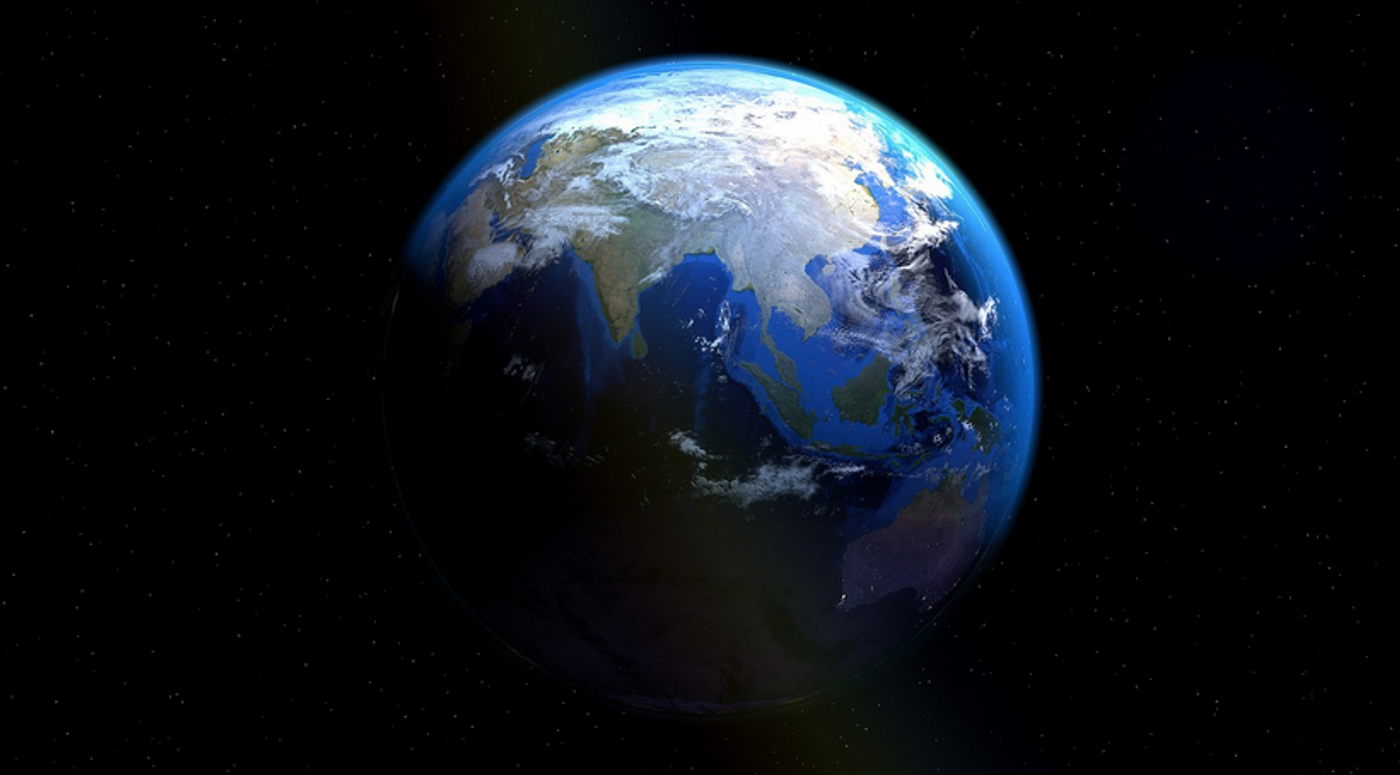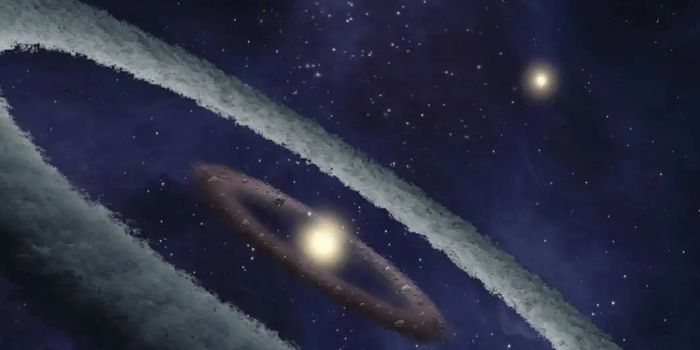Analyzing Changes in Earth's Inner Core
The inner core of the Earth, which is found about 3,000 miles (4,828 kilometers) under the surface, sits within a molten outer core, and is anchored by gravity. Once commonly thought of as a solid sphere, recent research has suggested otherwise. And now scientists think the inner core of the planet might be changing. The findings, which showed that there were structural changes in the Earth's inner core, have been reported in Nature Geoscience.
Researchers have long debated about the inner core, and what kind of changes may happen there. While this team was not focused on the physical nature of this core, they have still learned more about it, and the structural changes that may happen there.
The scientists had set out to follow a slowdown that was happening in the inner core. But one dataset stood out, which was later found to be evidence that the inner core isn't solid, said corresponding study author John Vidale, Dean’s Professor of Earth Sciences at the University of Southern California.
In this work, the investigators analyzed 121 repeating earthquakes measured at 42 locations around the South Sandwich Islands near Antarctica, and the seismic waveform data they created between 1991 and 2024. Other waveform data collected at receiver-array stations that were near Fairbanks, Alaska, and Yellowknife, Canada, was also analyzed. One seismic wave dataset was unusual, and the scientists had not seen anything like it.
“At first the dataset confounded me,” Vidale said. The team eventually determined that physical activity from the inner core of the Earth was adding to this observation. This activity is best described as shifts in the inner core's shape over time, the researchers suggested. There may be deformation occurring there near the shallow boundaries of the inner core.
These topographical changes may be able to subtly alter the length of the day by contributing to rotational shifts.
“The molten outer core is widely known to be turbulent, but its turbulence had not been observed to disrupt its neighbor the inner core on a human timescale,” Vidale said. “What we’re observing in this study for the first time is likely the outer core disturbing the inner core.”
As we learn more about the hidden dynamics in the inner core of the Earth, we may also learn more about the thermal and magnetic fields of the planet.
Sources: University of Southern California, Nature Geoscience









